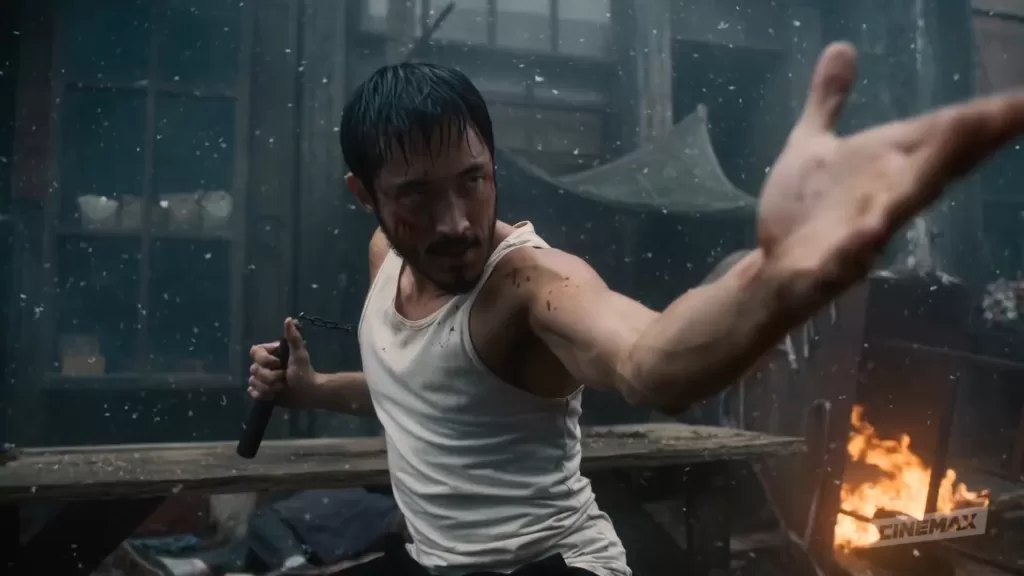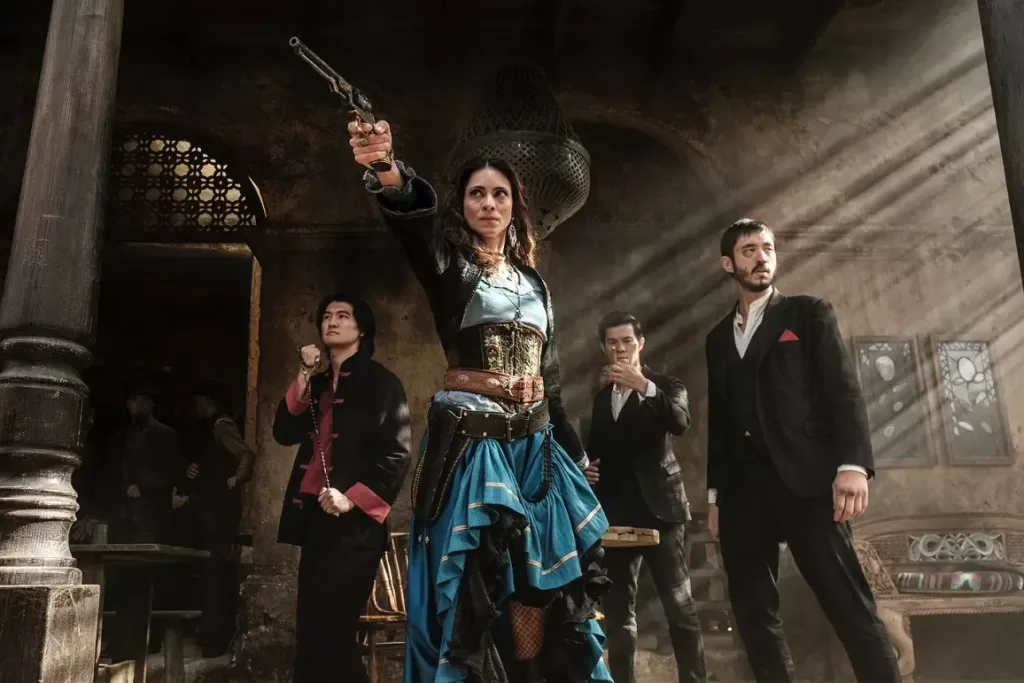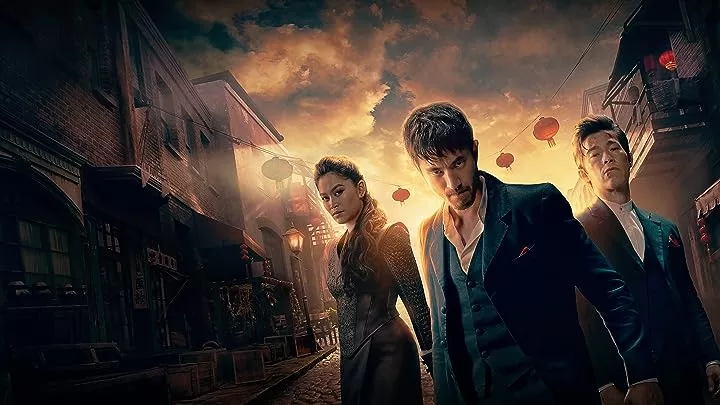In 1971, Bruce Lee developed a concept for a TV series about a martial artist in the American Old West but had difficulty pitching it. According to his widow, Linda Lee Caldwell, Warner Bros. whitewashed the concept into the David Carradine show Kung Fu (the studio, of course, denies this). More than 40 years later, Lee’s daughter, Shannon Lee, developed the concept into Warrior and co-produced it with Justin Lin for Cinemax. Its first 10-episode season aired in 2019 with a second season released back in 2020. Chances are, you never heard of it. With so much content out there, I don’t blame you.

Cinemax stopped producing original content, effectively canceling the show. That might have been it for Warrior… another underrated show cut short too soon. But then it started streaming on Max (back when it was HBO Max), and enough fans discovered it that The Powers That Be decided it was worth investing in more. So, three years after its cancelation, a third season aired on the streamer… and given how not resolved a lot of storylines are, it seems they’re hoping for a fourth.
So what is Warrior about?
In short: gang wars. Except in 1880s San Francisco. And the gangs are not only the Chinatown tongs battling over territory and criminal enterprises, but Irish laborers bitter over the Chinese being hired as cheap labor, and a white police force that perfectly illustrates the absurdity of expecting outsiders to maintain order in a community that doesn’t trust them.

Ah Sahm, the Bruce Lee-inspired character, is played by martial arts prodigy Andrew Koji, best known outside of Warrior for his role as Storm Shadow in G.I. Joe movie Snake Eyes (it should be known that Snake Eyes beat Shang-Chi to theaters in 2021 and therefore should be considered the first superhero movie starring Asians… don’t argue with me over whether Snake Eyes should be considered a superhero; he totally is one).
He’s nominally the main character, as he’s the one we follow off a boat from China and into the chaos of San Francisco, where he’s quickly scooped up by the Hop Wei tong after demonstrating his impressive skills. But the show interweaves so many plot lines and characters — the son of the tong’s leader, a rival tong, a tough-as-nails madam, a “neutral” Chinatown businessman, an Irish labor advocate, politicians, cops good and bad — that it’s really an ensemble show.
And it’s completely addictive, full of compelling characters and ruthless plot twists. It’s also ultra-violent pulp fiction, with a lot of these twists setting up impeccably choreographed fight scenes. I gotta say, watching Warrior and Secret Invasion back-to-back made me really appreciate the skill involved in the former… you won’t see any CGI mush here. Each blow has a purpose, and it’s a thrill to watch.
Speaking of purpose — the writers never slack on setting up these battles. It’s never a matter of “oh, thing happen and then fighty fight.” With all the high-tension rivalries set up between half a dozen factions, with each character possessing their own ambitions and reasons for wanting to take down someone else, the fights always feel meaningful, with the plot contingent on their outcomes.
Oh, and I haven’t even mentioned the representation yet! How many American historical TV shows can you think of with a majority Asian cast? Where the elegant, powerful style of fighting popularized by Bruce Lee is primarily wielded by characters who share his heritage, rather than co-opted by some white dude? Historical fiction in American TV rarely depicts Asians at all (never mind that Asian Americans have been around for ages… Filipino sailors, called “Manilamen,” settled in the Louisiana bayou as early as 1763). So it’s awesome to finally have a show that centers them.
That said, don’t expect a history lesson from what is — and I cannot emphasize this enough — pulp fiction. Warrior was created to entertain, not explain. Some characters are inspired by historical counterparts, but considerable creative license is taken. The costumes are meant to evoke period clothes while still flattering the improbably attractive cast by contemporary standards (not unlike the costumes on The Tudors, or any number of other “historical” shows about European royals). Characters speak contemporary English, just without telltale modern slang.
Speaking of English, it’s worth mentioning that the show came up with a clever device to address the language barrier between Chinese-speaking characters and English-speaking ones: When the Chinese characters talk to each other, English represents Chinese, so they they speak without accents, and with all the alacrity of a native tongue, indicating that this is how they sound to each other. When they communicate with non-Chinese characters, they do so in accented, sometimes broken English, indicating that this is how they sound when speaking an less familiar second language (or they speak in Chinese with subtitles).
For all three of its seasons, Warrior has remained consistently compelling in both its twisty-turny plot lines, full of ambitious criminals and scheming elites, and its distinctive visual style. Give it a try… you might just like what you see.
All three seasons of ‘Warrior’ are now streaming on Max.

